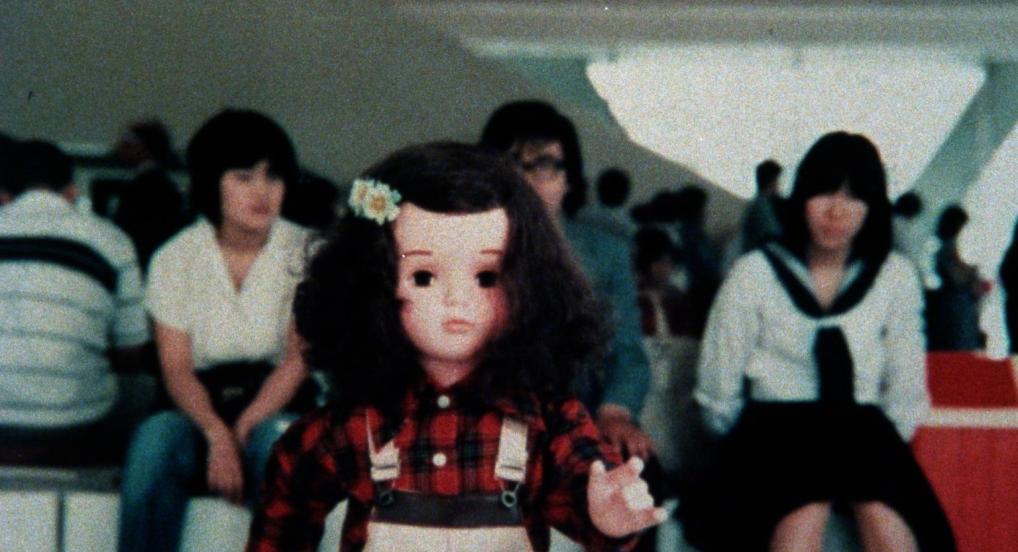In 1969, as the political and revolutionary season was coming to an end, Nakamura Masanobu began making films on 8mm film. In a career spanning nearly 30 years, he has created more than 40 films. Inheriting the obscenity of the underground, Nakamura’s unique world, which indulges in more personal desires and expressions, is filled with freedom and venom worthy of being called “post-underground cinema.” His films, which combine images of fetishism, SM, young girls, confinement, and crime with experimental techniques such as reshooting, strobing, frame by frame shooting, and repetition, confront the viewer with the fact that cinema is a device of desire and suggests that watching it could be a violent experience from time to time. Nakamura Masanobu is one of Japan’s most dangerous filmmakers, who says, “If you don’t create a world that is out of phase with the ordinary, it won’t be interesting.”
Program 1: Nakamura Masanobu - Selected films of the 70’sA selection of his classic works that have been widely screened in Japan and internationally. It is a collection of masterpieces that combine peculiar eroticism, fetishism, and humor with experimental film techniques.
1.『奇病Ⅰ』Bizarre diseaseⅠ:1977/3min2.『奇病Ⅱ』Bizarre disease Ⅱ:1977/5min3.『A QUIET DAY』1977/15min4.『SUMMER IS GONE』1978/30min5.『記念写真』Commemorative Photo :1978/3min
Program 2: Nakamura Masanobu - Selected films of the 80’sDeeper and more complex. This is a collection of experimental works from the ’80s that continue to evolve and attempt various expression methods. A labyrinthine world where images of Eros and Thanatos swirl around.
1.『原景の配当』Distribution of Unspoiled landscape 1984/22min2.『兆』Omen 1988/13min3.『飛画』Flying images 1989/11min
Nakamura MasanobuBorn in Shizuoka Prefecture in 1949. After the failure of his father’s business, his family fled at night and moved to Tokyo. Nakamura entered Musashi University and joins its film society. He suddenly bought an 8mm camera and began filming on his own. Although having no filmmaking knowledge, Nakamura completed his first film DISORDER (’69), by learning in practice. Even after being expelled from the university for non-payment of tuition fees, he continued to show up at the film club and continued to make his own films.
ANOTHER LIFE (’76), which made full use of the re-shooting technique, was highly praised, leading to a special screening. He participated in the 100 Feet Film Festival with his 16mm films BIZARRE DISEASEⅠ (’77) and COMMEMORATIVE PHOTO(’78). SUMMER IS GONE (’78) was screened around the world. Since then, he has made a constant stream of experimental and provocative 16mm films.In 1985, he made PREVIEW, and began making films in various formats including 8mm, 16mm, and video. After premiering the controversial FOR THE FILMS THAT ARE TO BE BURIED ALIVE(’89), he began exploring a new style of landscape theory. He creates works on landscapes and memory using 8mm film and Hi8 video.
